 "ttyymmnn" (ttyymmnn)
"ttyymmnn" (ttyymmnn)
03/06/2019 at 12:35 • Filed to: wingspan, planes you've (probably) never heard of, Planelopnik
 6
6
 19
19
 "ttyymmnn" (ttyymmnn)
"ttyymmnn" (ttyymmnn)
03/06/2019 at 12:35 • Filed to: wingspan, planes you've (probably) never heard of, Planelopnik |  6 6
|  19 19 |
!!! UNKNOWN CONTENT TYPE !!!
From the
Planes You’ve (Probably) Never Heard Of Department
of Wingspan, we bring you the
Beechcraft Model 34 “Twin Quad.”
!!! UNKNOWN CONTENT TYPE !!!
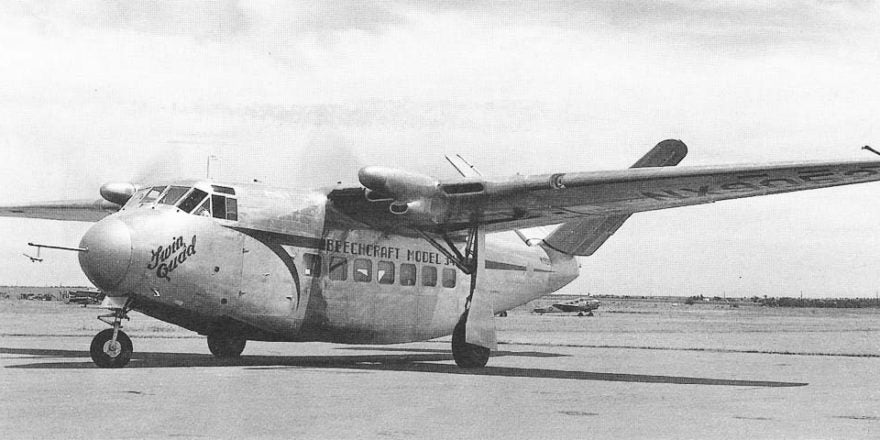
With the end of the Second World War, the commercial airline industry in the United States and abroad began to grow and passenger numbers began to increase steadily. Advances in large aircraft design during the war allowed for higher capacity and longer flights between far-flung major cities, but shorter feeder routes were still needed to get smaller numbers of passengers to the big city. In an attempt to capitalize on this trend, Beechcraft developed a radical new medium-sized airliner that they hoped would be able to challenge the dominance of other companies and find a niche in this burgeoning market.
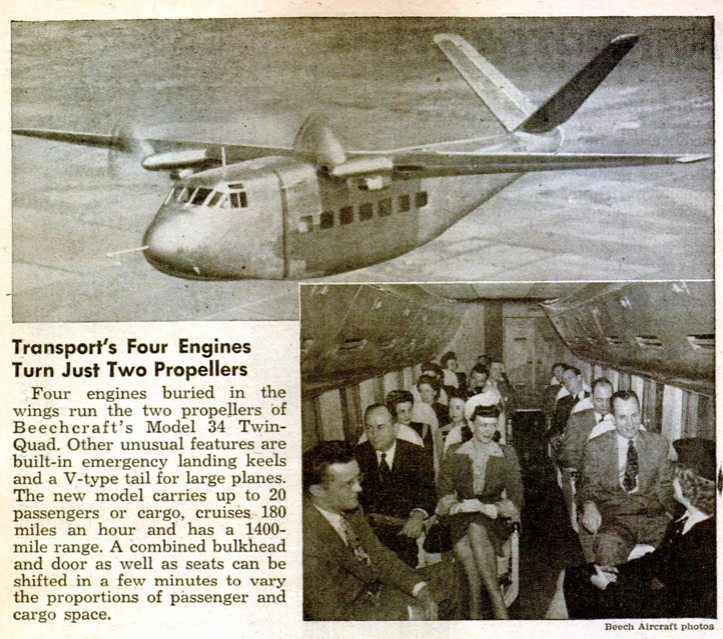
One look at the Model 34 and it was clear that this offering from Beechcraft was quite different from many of the other small- to medium-sized airliners of the time. It had a high wing and, from outward appearances, seemed to have no engines. That’s because the four horizontally-opposed !!!error: Indecipherable SUB-paragraph formatting!!! (Geared, Supercharged, Opposed) eight-cylinder engines were housed inside the wings, an arrangement which resulted in a relatively clean wing not cluttered with massive radial engines. The engines were paired on either side of a common gearbox that turned a large propeller, and gave the Model 34 it’s Twin Quad nickname.
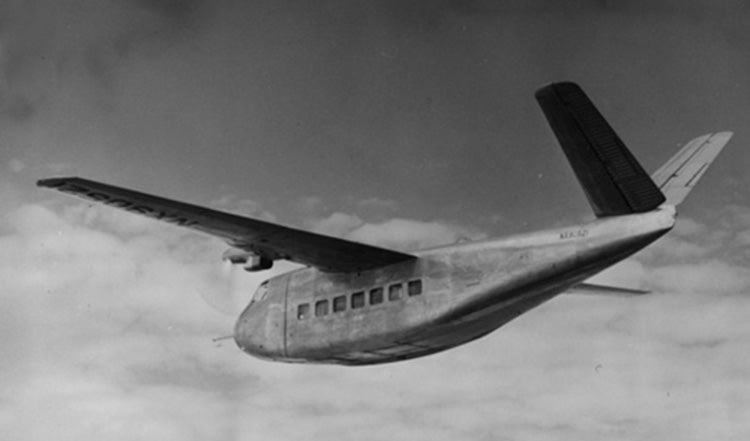
Adding to the novelty of the Model 34 was a large V tail and tricycle landing gear, hallmarks of the smaller !!!error: Indecipherable SUB-paragraph formatting!!! which was being developed at the same time. The roomy interior accommodated up to 20 passengers with overhead compartments for storing luggage, and the single side row of seats could be quickly removed to make room for more cargo. And, in a nod to its intended use at smaller or unimproved runways, Beechcraft gave the Twin Quad a reinforced belly that protected the passengers in the event of a wheels-up landing.
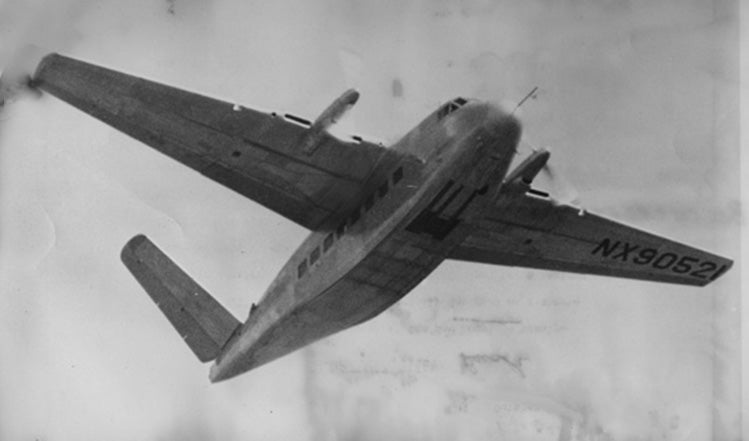
The Model 34 took its maiden flight on October 1, 1947, and Beechcraft thought they had a winner on their hands. While more than a year of testing proved uneventful, and even included a test of the belly landing system, an electrical fire led to the !!!error: Indecipherable SUB-paragraph formatting!!! of the only flying prototype on January 1, 1949 which killed the copilot and injured three others. Like many other attempts at creating something new, the Twin Quad ultimately was swamped by a sea of proven surplus military aircraft that flooded the civilian market after the war. Though two other Twin Quads were under construction at the time of the fatal crash, Beechcraft abandoned their quirky airliner and focused their efforts instead on smaller aircraft.
!!! UNKNOWN CONTENT TYPE !!!
For more on the Twin Quad, see Jayhawk Jake’s excellent piece on Beechcraft’s innovative airliner.
!!! UNKNOWN CONTENT TYPE !!!
!!! UNKNOWN CONTENT TYPE !!!
More Planes You’ve (Probably) Never Heard Of
!!! UNKNOWN CONTENT TYPE !!!
!!! UNKNOWN CONTENT TYPE !!!
!!! UNKNOWN CONTENT TYPE !!!
!!! UNKNOWN CONTENT TYPE !!!
!!! UNKNOWN CONTENT TYPE !!!
For more stories about aviation, aviation history, and aviators, visit
!!!error: Indecipherable SUB-paragraph formatting!!!
. For more aircraft oddities, visit
!!!error: Indecipherable SUB-paragraph formatting!!!
.
 punkgoose17
> ttyymmnn
punkgoose17
> ttyymmnn
03/06/2019 at 12:51 |
|
Honestly I love the design of this plane.
 For Sweden
> ttyymmnn
For Sweden
> ttyymmnn
03/06/2019 at 12:55 |
|
What if we had all the weight with only half the push?
 ttyymmnn
> For Sweden
ttyymmnn
> For Sweden
03/06/2019 at 12:56 |
|
Jayhawks Jake’s piece says that it actually had very good STOL characteristics.
 user314
> ttyymmnn
user314
> ttyymmnn
03/06/2019 at 13:06 |
|
Interesting that none of the other aircraft that would have used the same engine, the Doman LZ-5 , Cessna 308 or the Fairchild XNQ , went anywhere either.
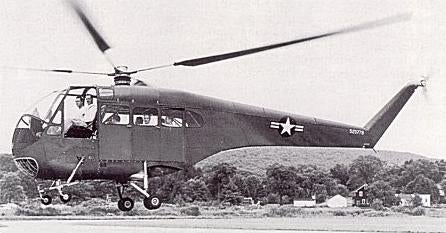
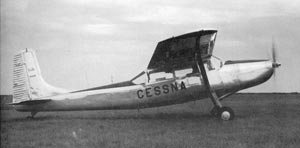
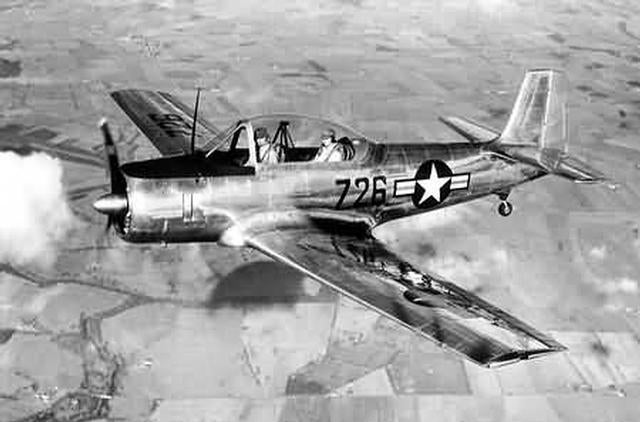
 ttyymmnn
> punkgoose17
ttyymmnn
> punkgoose17
03/06/2019 at 13:07 |
|
It’s nice, however I think that, since we don’t see V tails on airplanes of today, it wasn’t that great of an idea. Beechcraft eventually abandoned it on the Bonanza as well.
 ttyymmnn
> user314
ttyymmnn
> user314
03/06/2019 at 13:19 |
|
I had never heard of the Doman LZ-5, nor its inventor, Glidden Doman . It’s all a very fascinating story of innovative thinking and technology transfer. And worthy of its own article.
 user314
> ttyymmnn
user314
> ttyymmnn
03/06/2019 at 13:54 |
|
You’d be surprised at how many V-tails are flying, including the Cirrus Vision , Eclipse 400 or the Lazair . The F-117 had a V-tail, as did the YF-23, and UAS designers seem to favor both the conventional and inverted V-tail, as seen on the Predator, Global Hawk, Avenger, and the MQ-25 Stingray .
 ttyymmnn
> user314
ttyymmnn
> user314
03/06/2019 at 14:06 |
|
Good points all. Thanks.
 TheRealBicycleBuck
> ttyymmnn
TheRealBicycleBuck
> ttyymmnn
03/06/2019 at 14:12 |
|
But... but... V-TAIL!!!
 user314
> TheRealBicycleBuck
user314
> TheRealBicycleBuck
03/06/2019 at 14:28 |
|
Trouble is, V-tails don’t really give you much of an advantage. The idea was that since you only have two ruddervators you’d lesson parasitic and induced drag, but in practice the surfaces have to be larger in comparison to a standard tail that there’s no benefit. V-tails are also more complex, since they have to move in unison to give the same control.
 user314
> For Sweden
user314
> For Sweden
03/06/2019 at 14:30 |
|
Yeah, I’m trying to think why they went 4x2 instead of 4x4 (or even 4 driving two sets of contra- rotating props), but I’m not coming up with anything.
 TheRealBicycleBuck
> user314
TheRealBicycleBuck
> user314
03/06/2019 at 14:47 |
|
But they are oh so sexy!
I understand the why. When my friends and I were flying r/c more often, we would do group builds. One guy wanted a v-tail for his glider, so we looked into building a two-servo mechanical v-tail setup that involved a servo-driven sliding tray for the elevator with the rudder servo sitting in the tray. Kind of like this:
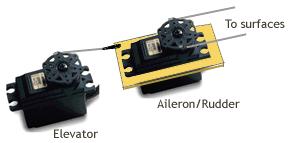
It was just a bit too sloppy, so we abandoned the idea and he got a standard tail. Not long after that they started selling radios with electronic mixers for a reasonable price. I wish we had that available back then!
 ttyymmnn
> user314
ttyymmnn
> user314
03/06/2019 at 15:05 |
|
4 driving two sets of contra-rotating props
Wouldn’t that increase complexity by an order of magnitude? Or just require a few more gears?
 WilliamsSW
> ttyymmnn
WilliamsSW
> ttyymmnn
03/06/2019 at 15:15 |
|
Probably reduced weight rapidly due to accelerated fuel burn rates.
 ttyymmnn
> WilliamsSW
ttyymmnn
> WilliamsSW
03/06/2019 at 15:37 |
|
Range is given as 1,450 miles.
 user314
> ttyymmnn
user314
> ttyymmnn
03/06/2019 at 16:03 |
|
I don’t know, my brain keeps blue-screening trying to figure out the mechanics of four-into-two.
 ttyymmnn
> user314
ttyymmnn
> user314
03/06/2019 at 16:07 |
|
It would just take a lot of gears. The Fairey Gannet had two turbojets turning a contra rotating propeller.
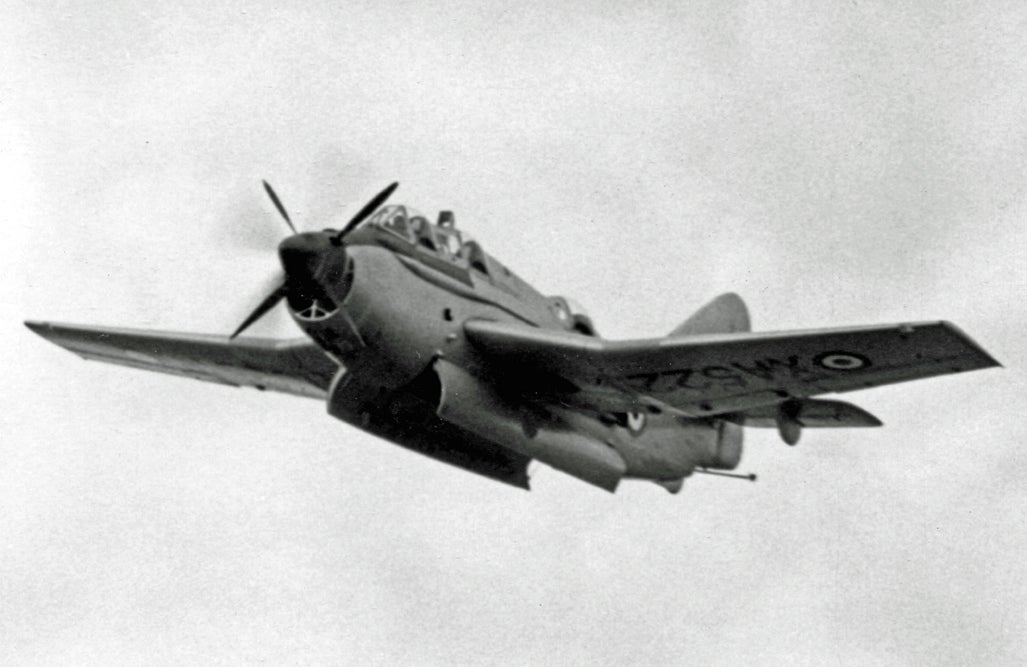
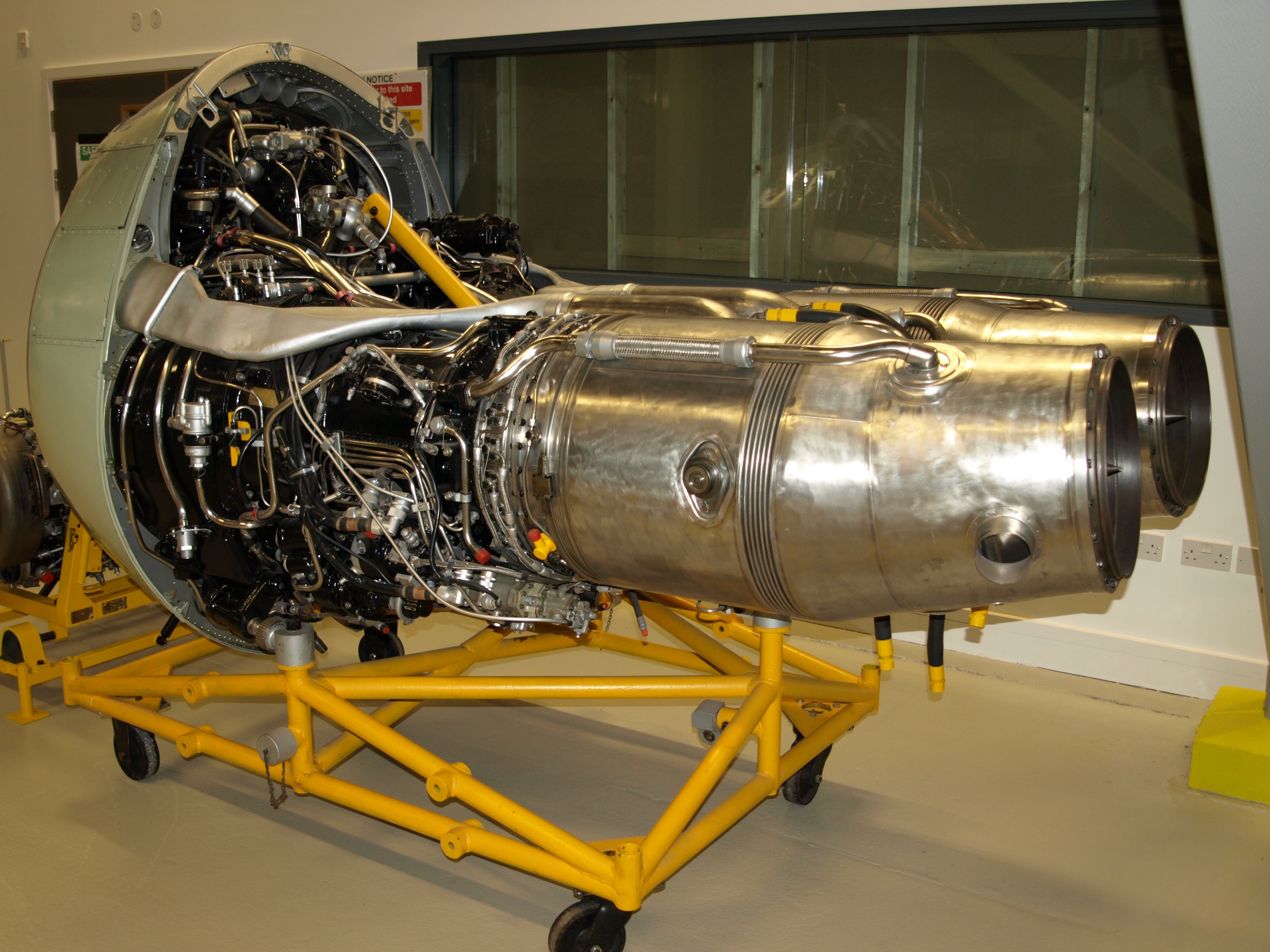
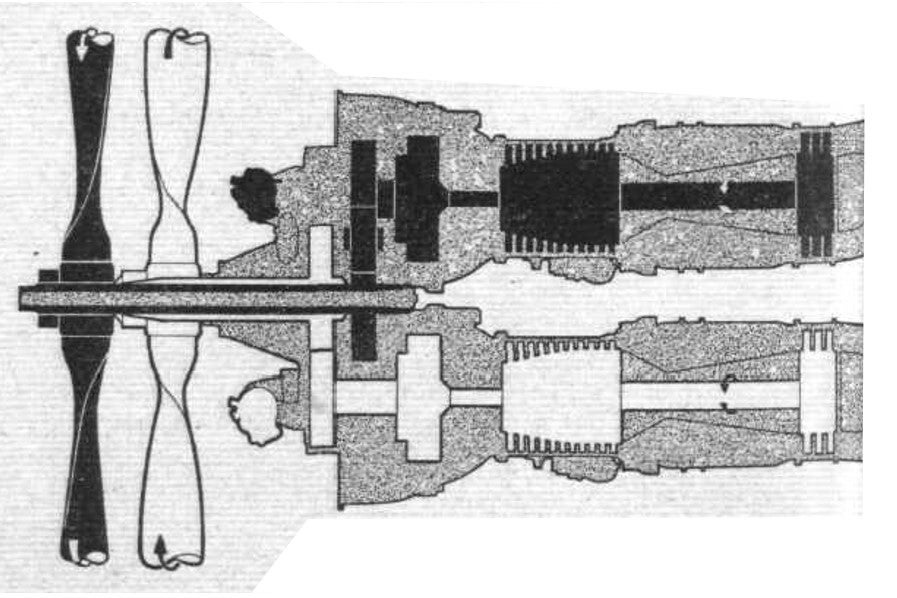
Looks pretty simple, at least in this drawing.
 ttyymmnn
> user314
ttyymmnn
> user314
03/06/2019 at 16:09 |
|
Addendum: But the Double Mamba was working with propellers on the same axis as the spin . The Beech would have involved a 90-degree angle somehow. Jayhawks Jake’s post might shed some light on it.
 Jayhawk Jake
> user314
Jayhawk Jake
> user314
03/07/2019 at 00:21 |
|
Compact powerplant placement/reduced complexity. Yes you add complexity due to the gearbox, but propellers need overhauled fairly frequently. For the customer that the twin quad was intended for I don’t think dealing with 4 propellers would have been well received.